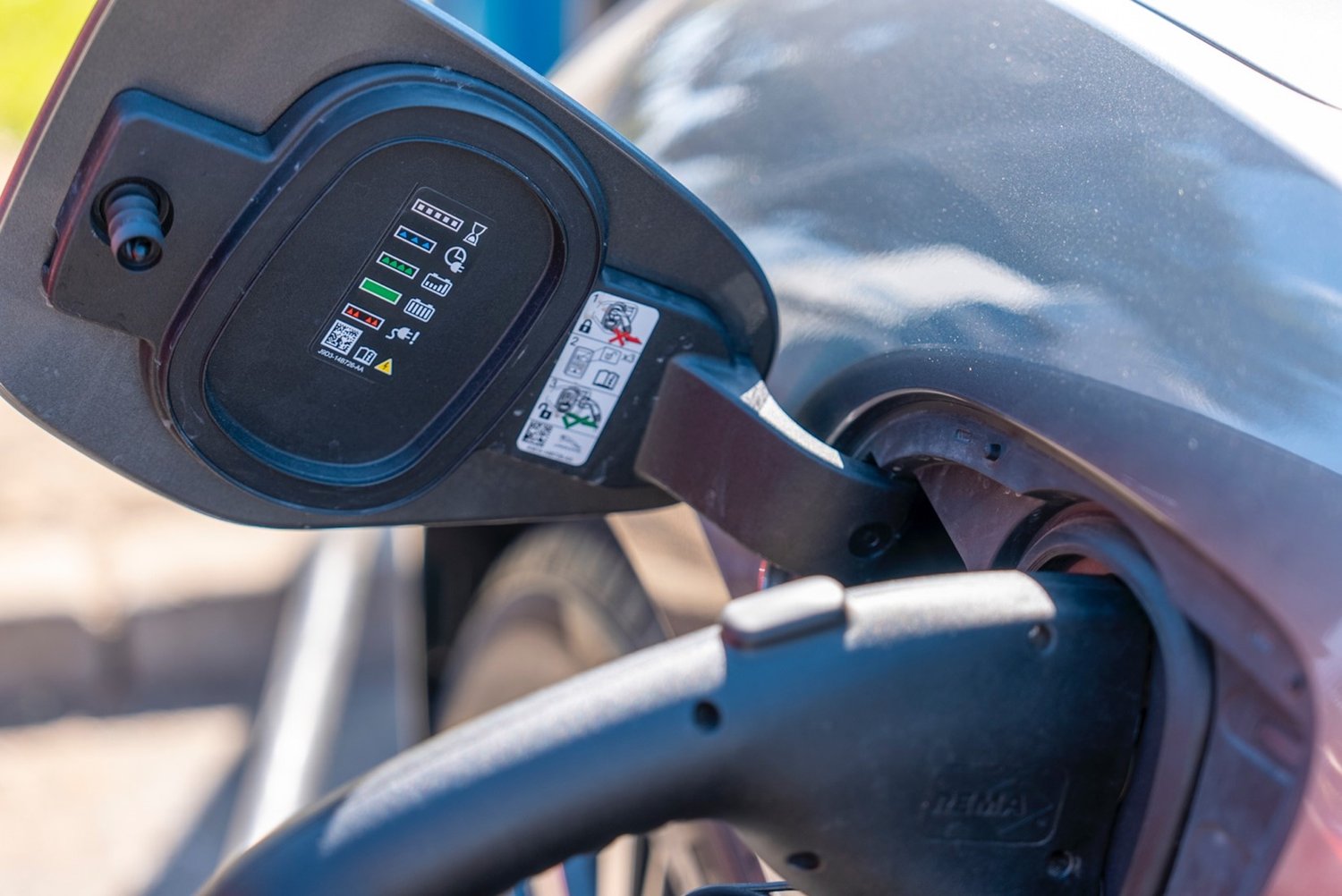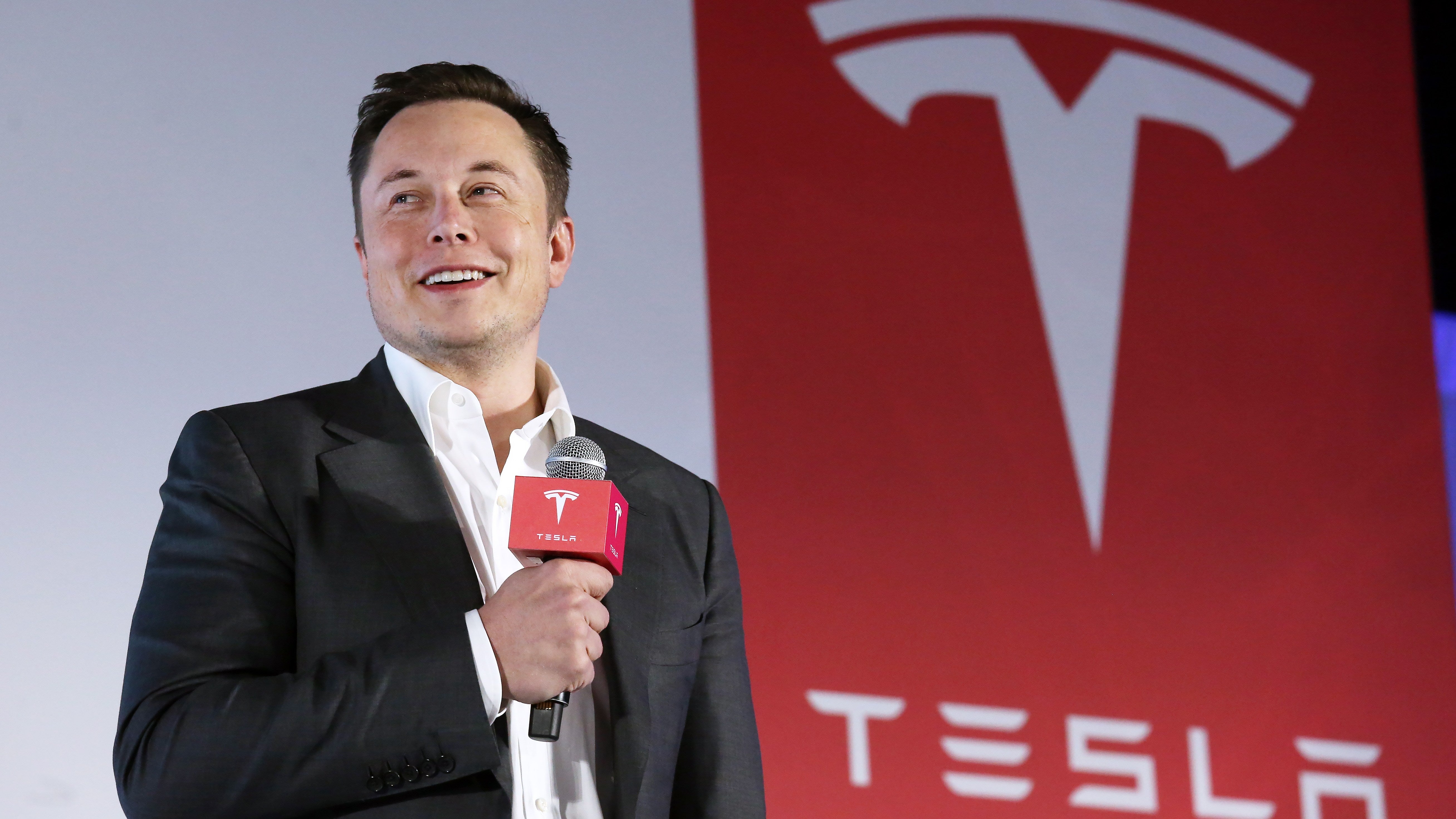The electric vehicle (EV) market in the United States is undergoing significant changes as a result of the recently passed Big Beautiful Bill, including the controversial repeal of the $7,500 federal tax credit for new EV purchases starting October 1, 2025. While this rollback has raised concerns among both manufacturers and consumers, a new policy provision may soften the impact for some buyers.
This new measure introduces a federal tax deduction of up to $10,000 per year on auto loan interest for buyers of qualifying U.S.-assembled vehicles. For EV owners planning to finance their purchase rather than lease, this deduction could offer meaningful savings over time.
A Small Win for EV Buyers Who Finance
Starting in 2025 and continuing through 2028, individuals who purchase an eligible EV using a car loan will be able to deduct interest payments from their taxable income—up to a maximum of $10,000 per year. For example, a consumer taking out a $50,000 loan at a 5% interest rate would pay approximately $2,500 in annual interest, which would now be tax-deductible. That deduction could translate into hundreds of dollars saved in federal income tax each year, depending on the individual’s tax bracket.
While this policy does not fully compensate for the repeal of the upfront $7,500 tax credit, it does provide long-term value to those choosing to buy instead of lease.
Important: This deduction does not apply to EV leases, which have grown increasingly popular due to their lower upfront costs and flexibility. Lease customers will see no direct benefit from this provision.
Eligible Vehicles Under the New Deduction
To qualify, the vehicle must:
- Be assembled in the United States
- Weigh under 14,000 pounds
- Be purchased (not leased)
Below is a sample list of eligible EVs currently known to meet these criteria:
|
Model |
Assembled In |
Approximate Base Price |
|
Michigan, USA |
$54,000 |
|
|
Arizona, USA |
$69,900 |
|
|
Illinois, USA |
$69,900 |
|
|
Chevrolet Blazer EV |
Mexico* |
Not eligible |
|
Texas/California |
$44,990 |
*Note: Vehicles assembled outside the U.S. (e.g., Mexico, Canada, Germany) are not eligible, even if the brand is American.

The Leasing Gap: Who's Left Out?
The growing popularity of leasing has helped many first-time EV buyers enter the market without large upfront commitments. Unfortunately, the new deduction excludes lease agreements, which means that many budget-conscious or short-term users won’t benefit from this provision at all.
This exclusion could influence future consumer behavior, pushing more people to consider traditional financing if the math works in their favor. Still, for many, the appeal of low monthly lease payments may outweigh the delayed benefits of an interest deduction.
The Role of Accessories: Maximizing EV Ownership
Whether you choose to lease or buy, reliable charging solutions remain a key part of the EV experience. For buyers who plan to own their EV long-term, investing in flexible, high-quality charging accessories can significantly improve convenience and charging speed.
At EVDANCE, our range of accessories is built with this in mind. Our portable charger series offers adaptable Level 2 charging capabilities for both home and travel use. Designed with NEMA 14-50 compatibility, our chargers are easy to plug into most standard 240V outlets—making them perfect for road trips, second homes, or even daily garage use.
Pair your new EV with charging solutions that match your lifestyle—and take full control over your energy needs.

Final Thoughts
While the loss of the federal EV tax credit is a setback, the new interest deduction offers a partial financial cushion for those purchasing eligible vehicles via loans. However, the benefit is not universal, particularly excluding a growing segment of EV adopters: lessees.
Still, for buyers committed to full EV ownership and looking to maximize their investment, combining this deduction with smart accessory choices like EVDANCE's portable charger lineup can help preserve value and enhance the EV ownership experience.
For a market in transition, every saving counts—and this one, though narrower in scope, could still plug a gap left by the disappearing credit.
Recommended Reading: The Impact of Trump’s Big Beautiful Bill on the EV Leasing Market








Share:
Understanding the Current Status of the U.S. National Electric Vehicle Infrastructure (NEVI) Program
How Far Does a Volkswagen ID. Buzz Go on a Full Charge?